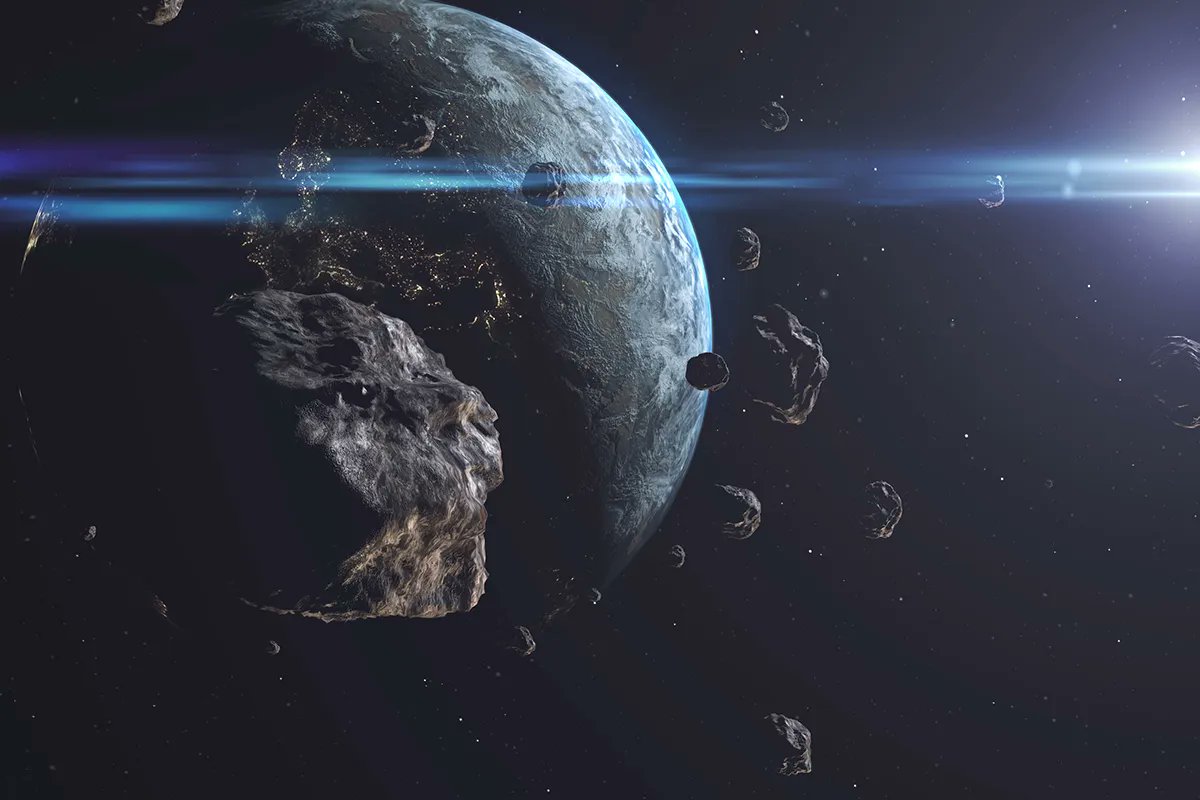Even from beyond the grave, Arecibo is still contributing to new discoveries. Back in October, researchers released a “treasure trove of data” from what was then the world’s most powerful radio telescope on the radar signatures of near-Earth asteroids (NEAs). Not only will these observations help defend the planet if any of those asteroids happen to be hazardous, but they can also help the burgeoning asteroid mining industry scan for targets.

Even though this is the largest data dump of its kind, it still only covers 191 asteroids of the 30,000 known NEAs. Those asteroids were scanned between December 2017 and December 2019 using a technique known as delay-Doppler radar. Radar is one of the most important wavelengths to study these objects with, as it allows scientists to get a much higher resolution than other ground-based sensing techniques.
A resolution of 7.5m is pretty precise for the number of asteroids in the study – most had only been seen as faint dots on an image plate beforehand. It’s also helpful in understanding a few other interesting characteristics of the asteroids, such as spin periods and sizes. But what might be even more interesting is their polarization.

The polarization of an object is indicative of what is on the surface and potentially what is then under the surface of these bodies. That is of particular interest to asteroid mining companies, and the Arecibo release contains that data for 110 of the asteroids, and a few of them were particularly interesting.
There is a shortage of NEAs that are “metal rich,” which is one of the main characteristics that asteroid miners are looking for in a potential mining prospect. Two of the 110 asteroids studied seemed to have high albedos, indicating that they could be metal-rich – a rare find in the area around Earth.

Potentially more interesting, though, is one particular asteroid – or, more accurately, a binary pair of asteroids called 2017 YE5. This binary page has high albedo but relatively low density, leading scientists to believe that it might be full of ice rather than metal. Water is also of particular interest to asteroid miners, as it can be a key component in one of the most in-demand substances in space – rocket fuel.
UT video on what we could do with a NEA if we were able to capture it.
Another potentially exciting finding in the data set is the discovery of five E-type asteroids. These asteroids, which contain significant concentrations of a mineral called enstatite, could be a source of silicon, magnesium, and oxygen. Arecibo saw these asteroids for what they were; however, previous data sets didn’t identify the specific characteristics that mark them as E-type.

As with all of these data set releases, there’s still more work to be done, as there might be other misclassified asteroids lurking. But it shows that, even years after it collapsed into a pile of rubble, Arecibo still provides the scientific community with more and more insights.
Source: www.universetoday.com





